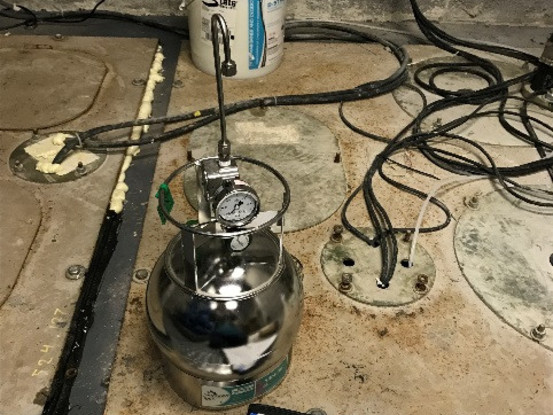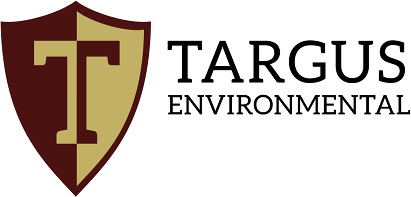Targus was retained to perform an environmental site assessment (Phase I ESA and additional non-ASTM services) of a newly constructed 14-story student housing facility with ground floor commercial/ retail spaces. Review of the regulatory database and historical research identified an upgradient adjoining dry cleaning facility that had historically used tetrachloroethene (PCE) and operated at ground level since the mid-1980s or earlier. Based on the operation of this facility for an extended period of time, Targus was authorized to undertake limited testing during the due diligence period.
The property owner prohibited interior subsurface sampling, and the building footprint occupied the entire parcel. As a result, sampling was limited to indoor air in the basement level of the subject property building and ambient air from the second floor roof. The results of the sample analysis confirmed the presence of both PCE and trichloroethene (TCE) in indoor air, with only the concentration of TCE identified to exceed the respective New York State Department of Health Indoor Air Guideline Value (5 µg/m3). Each of the six indoor samples exceeded the referenced standard (maximum concentration of 46.5 µg/m3) while concentrations of TCE in ambient air remained below the corresponding criteria.
Targus conducted sampling and analysis of water from the foundation drainage system during and after sub-slab drain repair, which together with documentation of the underlying barrier, did not indicate the VOC source to be from the subsurface. Additional sampling and analysis of indoor air and suspect interior building finish materials (adhesives, sealants, carpet, and foam floor coverings, etc.) demonstrated decreasing vapor concentrations over time, though the specific source material was not identified. Moreover, evaluation of the heating ventilation and air conditioning (HVAC) system capacity and test and balance reports identified the air exchange rate and distribution to be unsatisfactory. The HVAC system was modified to improve ventilation, and potential source areas (laundry, garbage room, sanitary sewer sump) were ducted to the exhaust system.
Although the presence of TCE persisted for a lengthy period, the mitigation measures sufficiently reduced TCE concentrations.

